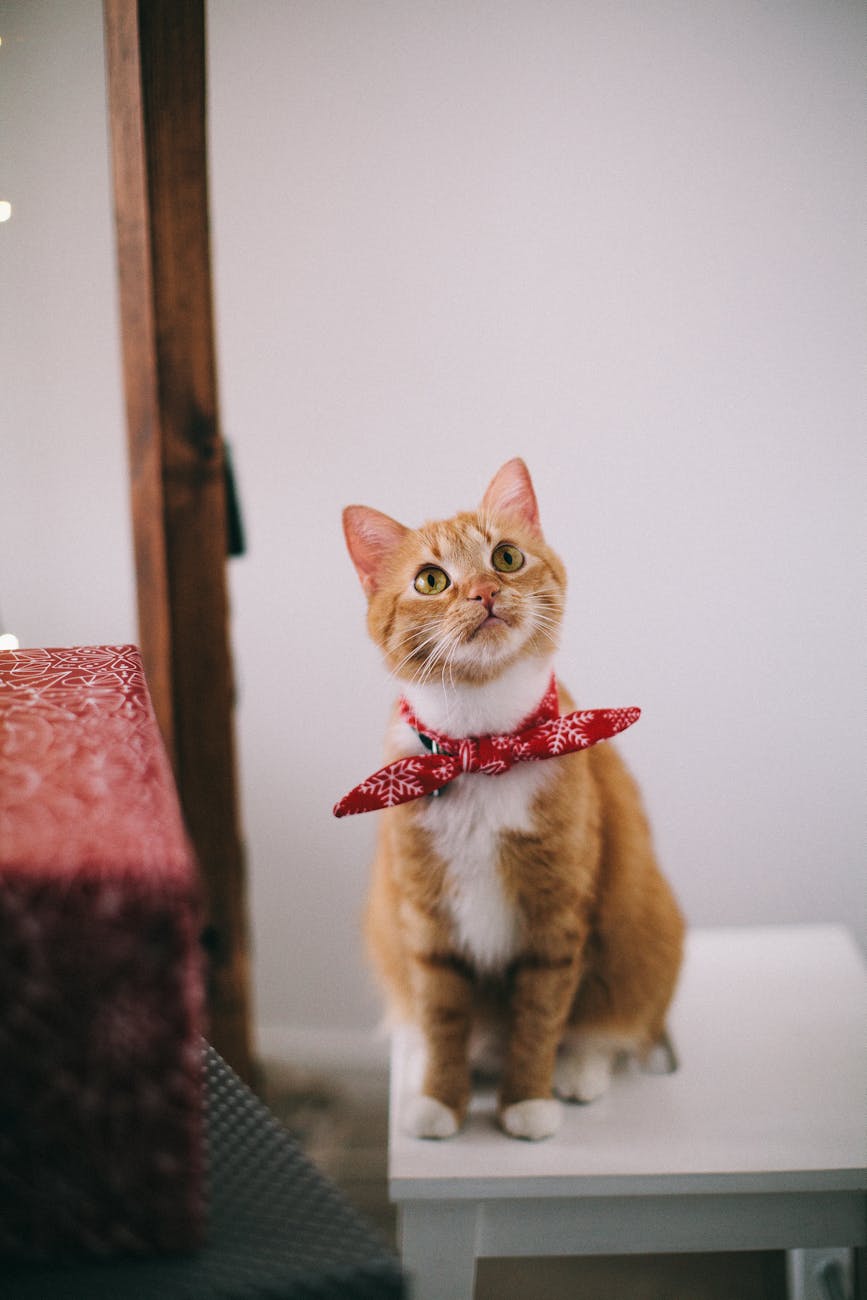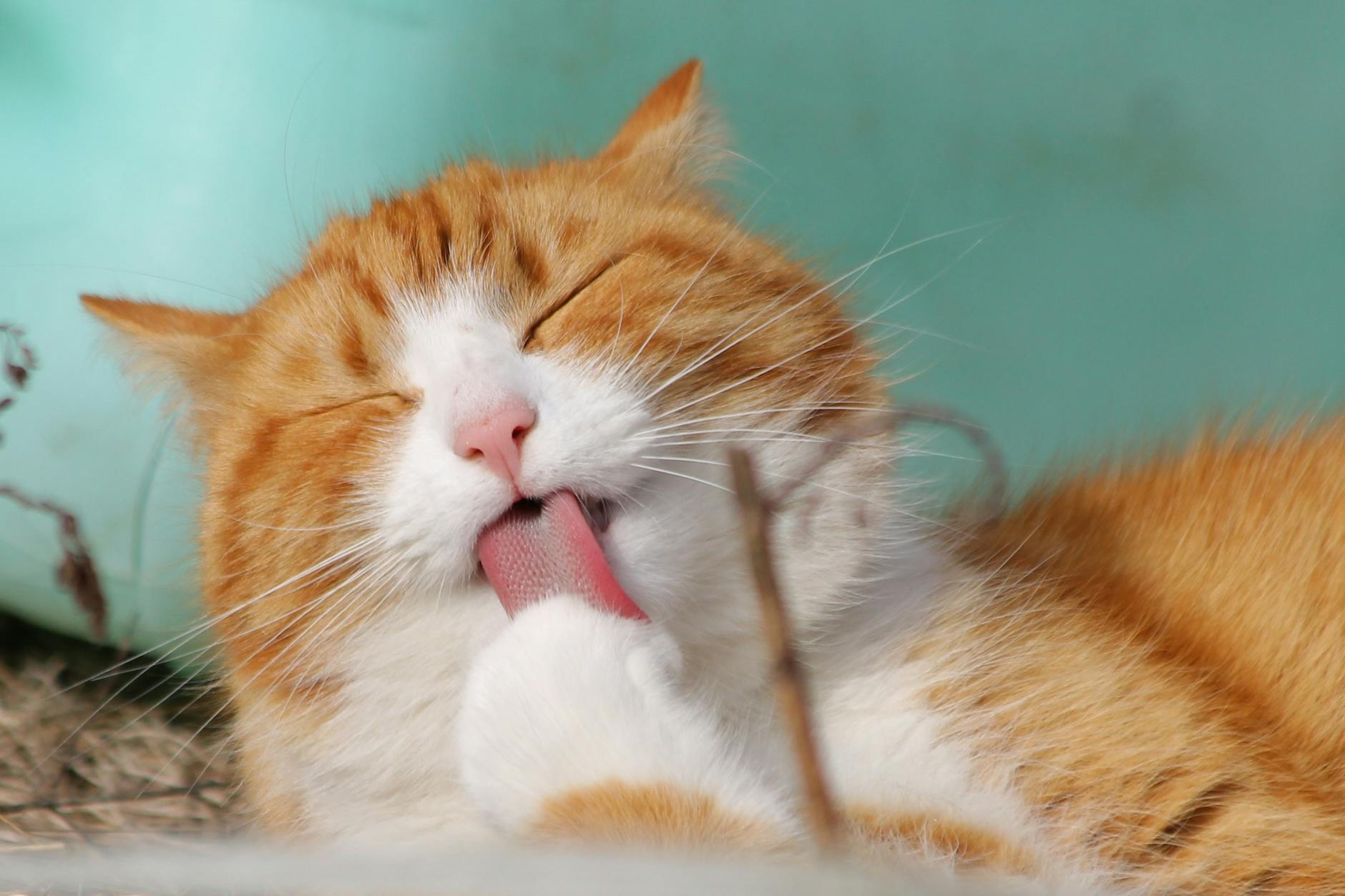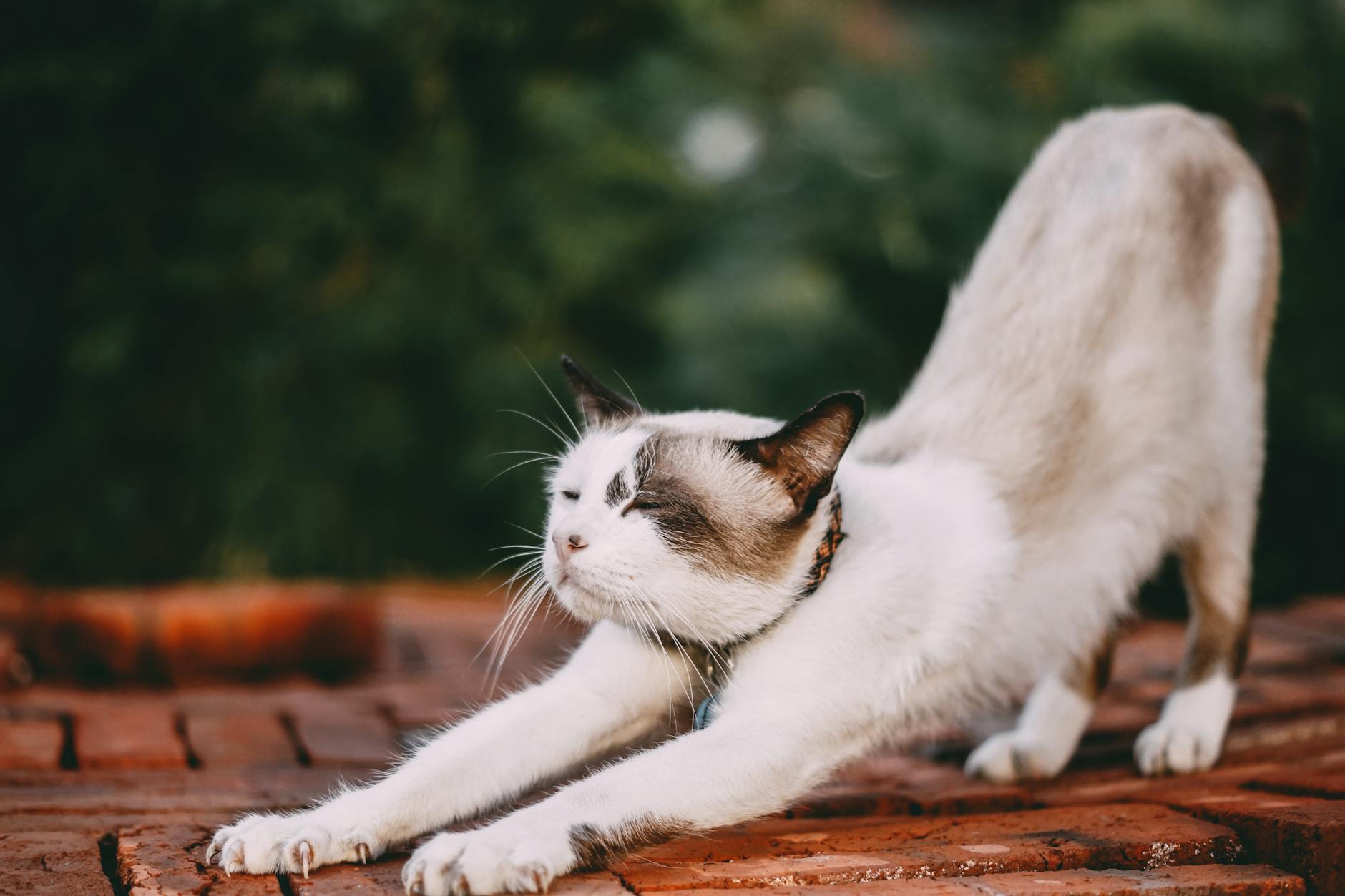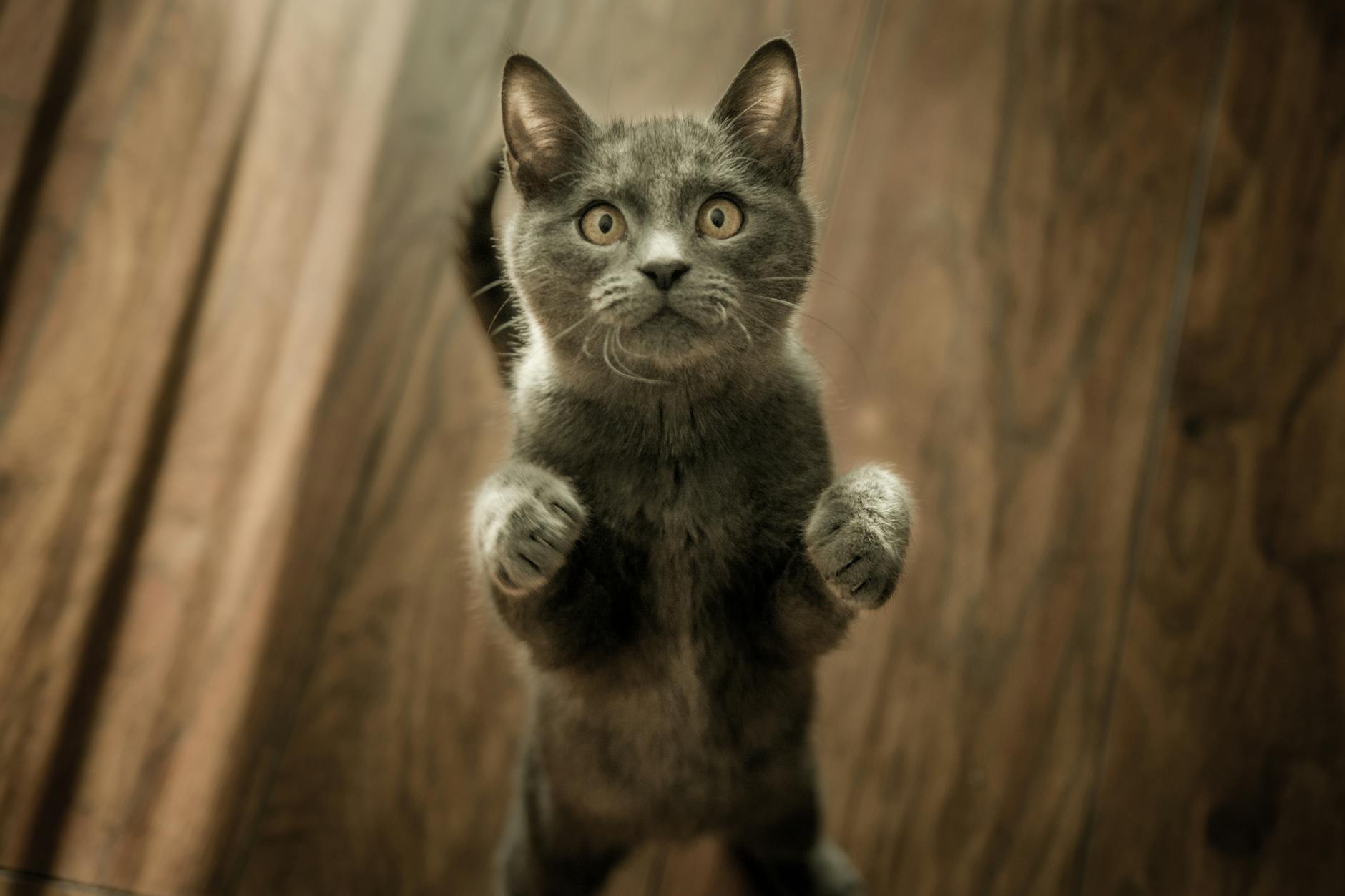Cat panting can be a concerning behavior for pet owners, prompting questions about its underlying causes and potential health implications. Although cats don’t typically exhibit this behavior, understanding the reasons behind it is crucial for ensuring their well-being. In this post, we will explore the common causes of cat panting, identify normal versus concerning situations, and highlight immediate actions you can take to protect your furry friend. By recognizing the signs of distress and knowing when to seek veterinary care, you can help your cat stay healthy and happy.
Understanding Cat Panting: An Overview
Cat panting is often a perplexing behavior for many pet owners. Unlike dogs, cats rarely pant under normal circumstances, which makes it essential to understand when this occurs and why.
What is Cat Panting?
- Definition: Cat panting refers to the rapid, shallow breathing that often indicates stress, overheating, or health issues.
- Physiological Response: It serves as a way for cats to regulate their body temperature or respond to anxiety.
Common Instances of Cat Panting:
- Heat Stress: Cats can overheat, especially in warm weather or confined spaces.
- Physical Exhaustion: After intense play, you might notice slight panting, but it should subside quickly.
- Emotional Distress: Stressful situations can induce panting as a response.
Distinguishing Factors:
- Duration: Short episodes may be normal, while prolonged panting could signal an underlying health issue.
- Context: Observe your cat’s environment. Are they stressed, overheated, or just exercised?
Understanding cat panting is the first step in addressing any potential concerns and ensuring your feline friend stays healthy and happy.

Common Causes of Panting in Cats
Cat panting can occur for various reasons, and understanding these causes is crucial for your feline’s health. Below are some common reasons why your cat might be panting:
Heat: Cats, like other animals, may pant to regulate their body temperature during hot weather or after exercise.
Stress or Anxiety: Situations that induce stress, such as loud noises or new environments, can lead to panting as a coping mechanism.
Pain: If your cat is in discomfort due to an injury or illness, panting can be a sign of distress.
Obesity: Overweight cats may find it difficult to breathe properly, resulting in panting, especially after minimal exertion.
Respiratory Issues: Conditions like asthma or respiratory infections can also trigger panting due to compromised airflow.
Heart Problems: Cardiac issues can cause reduced oxygen flow, making your cat pant to compensate for this lack.
Understanding these causes can help you determine when cat panting is a normal behavior or a sign of underlying health problems. Always monitor your cat’s other symptoms to provide essential context for any changes in their behavior.
When is Panting Considered Normal?
Understanding when cat panting is normal can help alleviate concerns for pet owners. Here are some scenarios where panting may not signal a health issue:
- Heat Regulation: Cats may pant after exertion or in hot weather. This is their way of cooling off, much like dogs do.
- Stress or Anxiety: A temporary situation, such as a visit to the vet or a loud noise, may cause panting as a reaction to stress.
- Age and Breed Factors: Certain breeds, such as Himalayans or Persians, may exhibit more panting due to their physical structure.
Guidelines to Determine Normal Panting:
| Scenario | Normal Panting | When to Worry |
|---|---|---|
| After exercise | Yes | No, if it subsides quickly |
| Hot weather | Yes | No, as long as the cat cools down |
| During stress | Yes | If prolonged, or accompanied by other signs |
| Routine vet visit | Yes | No ongoing panting after leaving the clinic |
In summary, while cat panting can be an innocent response to environmental stimuli, monitor your feline for signs of distress and prolonged panting. Awareness is key to ensuring their well-being.
Signs of Distress to Look For
Recognizing signs of distress in conjunction with cat panting is crucial for assessing your feline’s health. While panting can occur due to various reasons, certain indicators might suggest a more serious issue. Pay attention to the following signs:
- Excessive panting: If your cat pants continuously for several minutes beyond normal periods.
- Changes in behavior: Look for signs of agitation, hiding, or increased vocalization.
- Difficulty breathing: Observe if your cat struggles with rapid breathing or exhibits wheezing.
- Lethargy: Lack of energy and reluctance to engage in usual activities can indicate distress.
- Grooming changes: Notice if your cat stops grooming or excessively grooms one area, which might signal discomfort.
Comparing normal vs. distressed states can provide clarity:
| Trait | Normal | Distressed |
|---|---|---|
| Breathing Rate | Steady and calm | Rapid or labored |
| Behavior | Curious and playful | Hiding or aggressive |
| Activity Level | Active and social | Lethargic or withdrawn |
If you notice any of these signs alongside cat panting, immediately take action, as your cat’s health may be at risk.

Potential Health Issues Associated with Panting
While cat panting can occur for various benign reasons, it may also signal underlying health concerns. Understanding these potential issues is critical for your cat’s well-being. Here are some health problems linked to cat panting:
- Respiratory Issues: Conditions such as asthma or bronchitis can cause labored breathing, leading to panting.
- Heart Disease: Cats with heart conditions may pant due to inadequate oxygenation.
- Heatstroke: Prolonged exposure to high temperatures can result in overheating and consequent panting as a way for cats to cool down.
- Anemia: Low red blood cell counts can lead to increased breathing and panting as the body struggles to get enough oxygen.
| Condition | Symptoms | Urgency |
|---|---|---|
| Respiratory Issues | Coughing, difficulty breathing | High |
| Heart Disease | Lethargy, coughing, weight loss | High |
| Heatstroke | Excessive drooling, weakness | Immediate |
| Anemia | Weakness, lethargy | Moderate to High |
If you notice your cat panting excessively or along with any of these symptoms, it’s essential to consult a veterinarian. Early diagnosis can make all the difference in effectively treating the underlying health issue.
Immediate Actions to Take if Your Cat is Panting
If you notice your cat panting, it’s essential to take prompt action to ensure their well-being. Here are some immediate steps you can follow:
- Calm Your Cat: Keep the environment quiet and stress-free. Speak softly and gently to help soothe your furry friend.
- Check Temperature: Feel your cat’s ears and paw pads. If they feel hot, your cat might be overheated.
- Provide Fresh Water: Offer your cat fresh water to keep them hydrated. Avoid forcing them to drink, but make it accessible.
- Cool Down: If overheating is suspected, move your cat to a cooler area. You can place a damp cloth on their paws to help lower their body temperature.
- Observe Behavior: Monitor for any additional symptoms such as drooling, vomiting, or lethargy that may accompany the cat panting.
Being proactive can prevent further complications. If their condition doesn’t improve within a few minutes or worsens, it’s crucial to seek veterinary care immediately. Remember, while cat panting can arise from various causes, your quick response can make all the difference in their health.
When to Seek Veterinary Care
Recognizing when cat panting signals a need for veterinary attention is crucial for your feline’s health. While light panting can happen due to stress or temperature changes, certain signs indicate a more serious issue. Consider the guidelines below:
- Duration: If panting lasts longer than a few minutes, it’s time to consult your vet.
- Accompanying Symptoms: Watch for:
- Excessive drooling
- Difficulty breathing
- Lethargy or weakness
- Behavioral Changes: If your cat acts unusually anxious or disoriented alongside panting, seek help.
Quick Reference Table
| Symptom | Action |
|---|---|
| Panting > 5 minutes | Consult your vet |
| Wheezing or coughing | Immediate veterinary care |
| Lethargy or weakness | Seek assistance |
Prompt action ensures the wellbeing of your cat. Remember, understanding the reasons behind cat panting not only helps in addressing immediate concerns but also fosters a healthy relationship with your pet. Always prioritize your cat’s health by consulting a professional when in doubt.

Preventative Measures for Cat Owners
To minimize the risk of cat panting, cat owners can adopt several proactive strategies. Here’s a list of effective measures to keep your feline companion healthy and comfortable:
Maintain a Comfortable Environment:
- Ensure proper ventilation in your home.
- Keep your cat’s living area free from extreme temperatures.
Hydration is Key:
- Always provide fresh water to prevent dehydration, a common cause of cat panting.
Regular Exercise:
- Engage your cat with toys and interactive play to maintain a healthy weight and physical condition.
Routine Veterinary Check-ups:
- Schedule regular visits to monitor your cat’s health, especially if they have a history of respiratory issues.
Monitor Stress Factors:
- Reduce exposure to loud noises, new pets, or changes in routine that may stress your cat.
By implementing these preventative measures, you can help shield your cat from situations that may lead to cat panting, ensuring they remain both happy and healthy. Remember, a calm and well-cared-for cat is less likely to experience distress that manifests as panting.
Frequently Asked Questions
What could be causing my cat to pant?
Panting in cats can stem from various causes, some benign while others may indicate health issues. Common causes include heat exhaustion, excitement, exercise, or stress. However, if a cat pants excessively or during times of rest, it may be due to underlying health problems such as heart disease, respiratory disorders, or asthma. Observing other symptoms like lethargy or coughing can aid in identifying the root cause.
Is it normal for cats to pant?
While panting in cats is not as common as in dogs, it can occur under certain conditions. Mild panting can be a response to heat, stress, or physical activity. However, persistent or heavy panting is usually abnormal and warrants further investigation. It’s essential for cat owners to monitor their pets closely and consult a veterinarian if panting occurs without an obvious cause, as it could indicate a serious medical condition.
When should I be concerned about my cat’s panting?
If your cat starts panting, it’s crucial to assess the situation. If panting occurs during moments of rest, lasts for an extended time, or is accompanied by other concerning symptoms—such as difficulty breathing, coughing, lethargy, or changes in appetite—these can signal a medical emergency. Immediate veterinary attention is recommended in such cases, as prompt diagnosis and treatment can significantly impact your cat’s health.
What should I do if my cat is panting excessively?
If your cat exhibits excessive panting, the first step is to remain calm and observe its behavior for additional signs of distress. Ensure the environment is cool and quiet, as heat and stress can exacerbate panting. If the panting continues for more than a few minutes or is accompanied by alarming symptoms like weakness or abnormal heart rate, contact a veterinarian immediately. Providing your vet with detailed information about your cat’s behavior can help in diagnosing the issue effectively.



